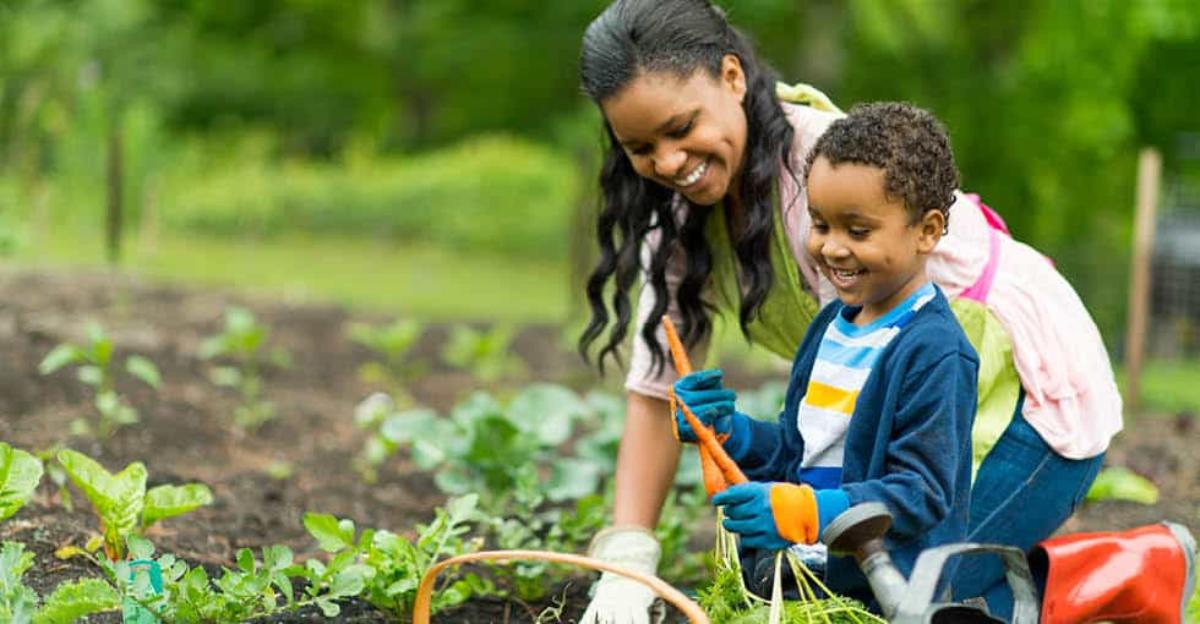Want to teach your kids about science and get them off the couch this summer? Cultivating a garden is a great way to learn about how the right combination of water, sun, and soil makes things grow.
You can start by planting seeds or tending small plants. Your budding botanists can work alongside you, watering seedlings and pulling weeds. With school-age children, you can talk about how different types of plants grow best under different conditions. Some prefer rocky soils and shade, while others do better in moist soils and direct sunlight.
By growing vegetables, fruits, and herbs, children learn where food comes from. Who knows – they might be more excited about eating their veggies since they’ve had a hand in helping them grow.
Another plus: Teachable moments are nearly limitless, so you can explore lots of other topics and concepts. Working in the dirt, for instance, may lead your child to start a rock collection. He can then read up on the types of rock native to your area.
Children may also be curious about the bugs they encounter outdoors. This could turn into lessons on how bees produce honey or how those fuzzy caterpillars that crawl on the ground transform into moths or beautiful butterflies.
Observing how new growth is nurtured by sun and rain could pique kids’ curiosity about weather patterns. Questions about the sun’s energy could unlock an interest in the solar system.
Growing food can also motivate your kids to get in the kitchen with you, helping to plan and prepare meals and snacks, or even accomplishing these activities on their own if they’re old enough.
Getting your kids hooked on horticulture allows you and your family to enjoy the fruits of your labor – in more ways than one.






Leave a Reply